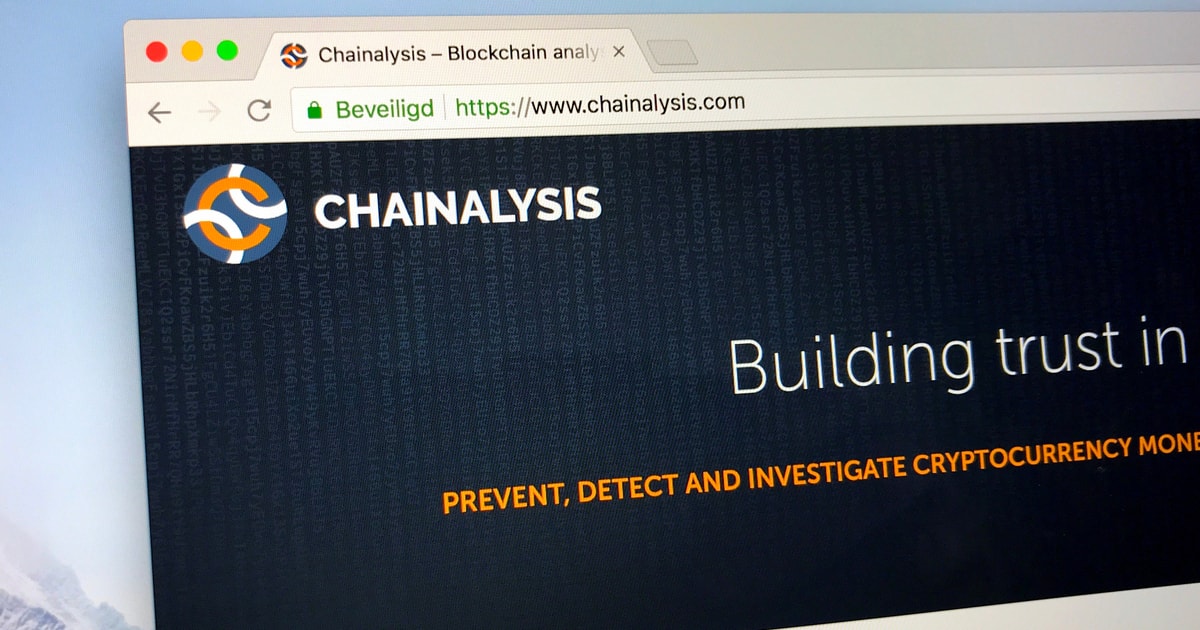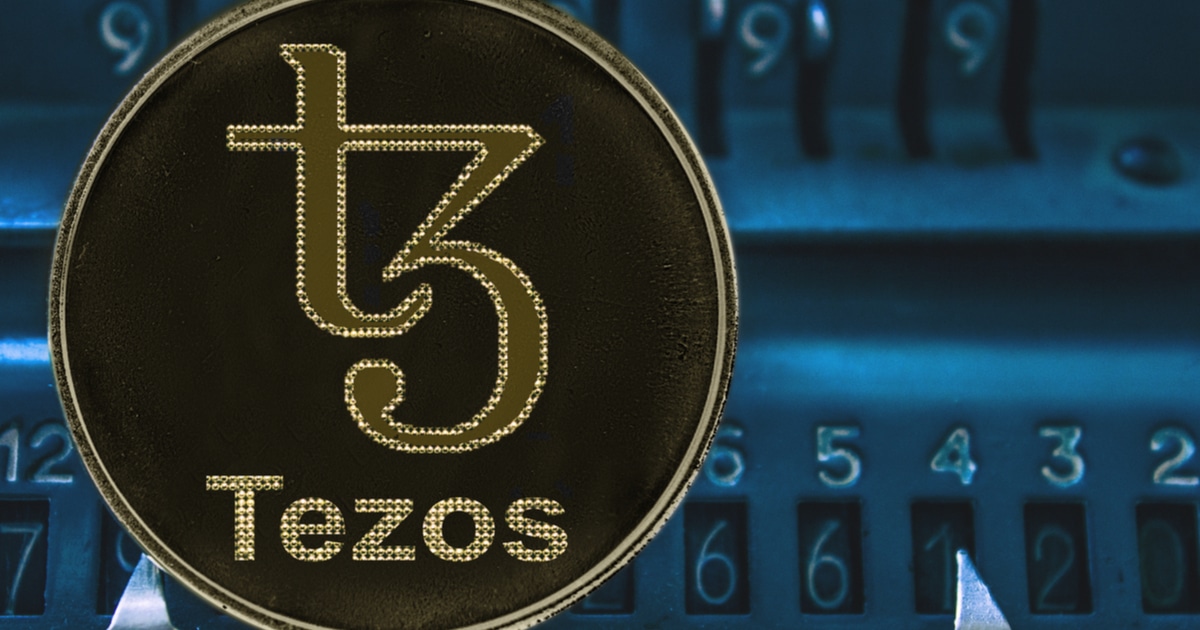 | First off, volatility doesn't mean randomness. I often see people say that Bitcoin is a completely irrational and unpredictable market that has no rhyme or reason in its price movement, because it's so volatile. For every action, there is an opposite reaction. A market that has very high price surges, will also have big dips in response. After going very high, with many green days in a row, we were bound to see an equally big correction, with the same coefficient of volatility. The market still follows supply and demand, and follows the path of least resistance. And in a volatile market, that path can be a rollercoaster. What does normal volatility look like for Bitcoin?Here's a perfect example illustrating how far Bitcoin's volatility can go. Even in the middle of its 2017 bull run, and with a very greedy and bullish market, it still had crashes of 38% along the way: Standard deviation and volatility index. Bitcoin has a high standard deviation and is very volatile in its nature. The chart only shows 5 years, but if you go back all the way to 2009, the volatility was even higher. It has actually been decreasing a little over time. This may be hinting at the market and adoption growth lowering this volatility over time. This is still much higher than your average stock. Average price fluctuation.Bitcoin can typically move 2-3% on average per day. And with a high standard deviation. So it's not unusual to move far from that average. If you see a dip of around 3% for the day, that's very normal for Bitcoin. Which also means a 10% drop for a week is within average fluctuation. But with a high deviation, you can deviate a bit from that average, and still be well within the normal. Rollercoaster behavior is simply the normal expected behavior of this market. Conclusion.The price of Bitcoin dropping 2% today, and 7% for the week, is still well within Bitcoin's average fluctuation, and within its normal volatility. People often make the mistake of comparing the price change to stocks. Or worse, to entire stock indices like the the S&P 500, where a 20% drop is a bear market. And a 30% drop is a catastrophe. But in a market with a high coefficient of volatility like Bitcoin, we've seen that even 38% drops can be called bull markets, as we've already seen during the bull run in 2017. Bitcoin didn't just crash once, but multiple times down 38% along that bull run, showing how deep that volatility coefficient goes. [link] [comments] |

You can get bonuses upto $100 FREE BONUS when you:
💰 Install these recommended apps:
💲 SocialGood - 100% Crypto Back on Everyday Shopping
💲 xPortal - The DeFi For The Next Billion
💲 CryptoTab Browser - Lightweight, fast, and ready to mine!
💰 Register on these recommended exchanges:
🟡 Binance🟡 Bitfinex🟡 Bitmart🟡 Bittrex🟡 Bitget
🟡 CoinEx🟡 Crypto.com🟡 Gate.io🟡 Huobi🟡 Kucoin.















Comments